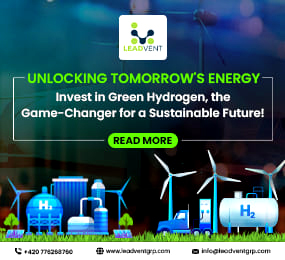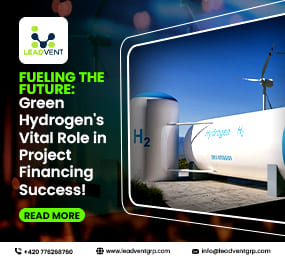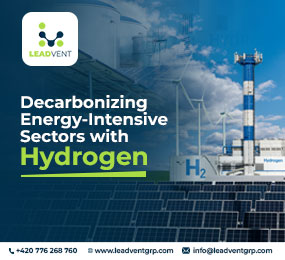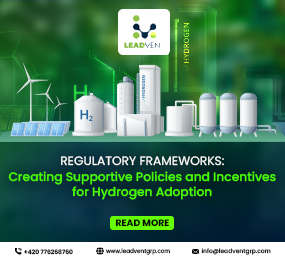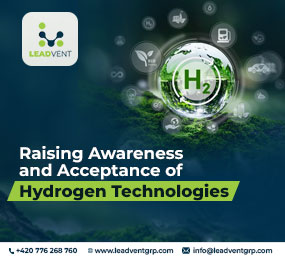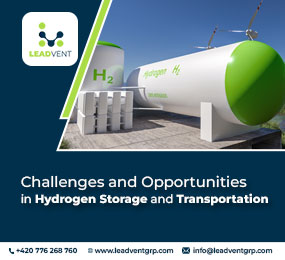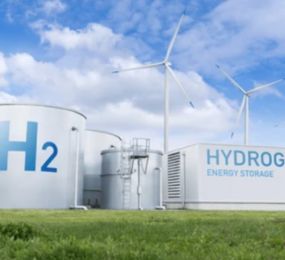As the days pass hydrogen has emerged as a critical player in the global quest for sustainable energy solutions. This marks a transformative moment in our transition towards a low-carbon future.
As per Hydrogen Forum, global hydrogen production is expected to reach 690 million metric tons by 2030. This signals a remarkable potential for technological innovation and strategic transformation in the energy sector.
This blog explores innovative pathways for hydrogen production, challenges, and success stories while also shedding light on the World Hydrogen Energy Conference’s upcoming two-day event dedicated to advancing the hydrogen economy.
Present Scenario of Hydrogen Generation
The global hydrogen production landscape is rapidly changing. With current annual production estimated at approximately 70 million metric tons.
Significantly, about 95% of this hydrogen is currently produced from fossil fuels, primarily through steam methane reforming.
This statistic highlights the immense opportunities for sustainable transformation in hydrogen generation and underscores the critical need for innovative, environmentally friendly production methods.
Scalable Hydrogen Generation Technologies
Powered by renewable energy sources, green hydrogen is produced through electrolysis. It represents the most promising pathway for sustainable hydrogen generation.
This approach encompasses several key technological innovations that are reshaping the energy landscape:
Electrolysis Technologies
The forefront of hydrogen production methods
- Proton Exchange Membrane electrolysis
- Alkaline electrolysis
- Solid Oxide Electrolysis Cell technologies are at
By achieving potential efficiency rates between 70-80% these technologies are increasingly efficient with advanced systems.
It demonstrates significant improvements in energy conversion and sustainability.
Renewable Energy Integration
To drive electrolysis, solar and wind are being increasingly used. It creates a more sustainable and environmentally friendly hydrogen production process.
To clean energy generation, this integration represents a detailed approach to clean energy generation. This leverages the complementary strengths of renewable technologies.
Case Study of European Green Hydrogen Consortium
The European Green Hydrogen Consortium demonstrated the potential of large-scale green hydrogen production. They present through a groundbreaking project in Germany. The project achieved:
- A substantial 100 MW electrolysis capacity
- A significant 40% reduction in carbon emissions
- A considerable investment of €250 million in infrastructure.
This case study illustrates the practical feasibility of large-scale green hydrogen production and its potential to transform the energy sector.
Case Study of National Hydrogen Strategy Implementation
A recent case study from Australia demonstrated successful hydrogen strategy implementation:
- $500 million national investment
- 26% reduction in hydrogen production emissions
- Creation of 3,000 new jobs in the renewable energy sector
Sustainable Production Methodologies
Sustainable hydrogen production methodologies represent a critical frontier in clean energy innovation. Here are the methods that are included:
Biomass Hydrogen Generation
Emerging technologies are exploring biomass as a promising sustainable hydrogen source. These innovative approaches include:
- Biomass gasification
- Pyrolysis processes
- Biological hydrogen production through algae and bacteria.
Statistical Insights
The potential for biomass hydrogen production is substantial:
- Global biomass hydrogen potential: 4-6 million metric tons annually
- Projected cost reduction: 30-40% by 2030.
Advanced Catalysis
Breakthrough catalysts are significantly improving hydrogen generation efficiency:
- Platinum-based catalysts
- Rare earth metal innovations
- Nanotechnology-enhanced materials.
These technological advancements are crucial in reducing production costs. All these also improve the overall efficiency of hydrogen generation processes.
Economic and Environmental Considerations
The economic landscape of hydrogen production is rapidly changing:
- Current green hydrogen production costs: $3-$6 per kg
- Projected costs by 2030: $1-$2 per kg
- Potential for competitive pricing with fossil fuel alternatives.
This cost-reduction trajectory makes green hydrogen increasingly viable as a mainstream energy solution.
Hydrogen Generation Conference: A Transformative Event
A groundbreaking two-day conference of Hydrogen Forum is set to bring together industry leaders and innovators with policymakers. They will discuss the future of hydrogen generation technologies. This event represents a critical platform for knowledge exchange, technological showcase, and strategic collaboration.
Conference Highlights
- Interactive technical workshops
- Panel discussions with global experts
- Networking opportunities with industry pioneers.
Expert Speakers
Confirmed speakers include representatives from:
- International Energy Agency
- Hydrogen Technology Leaders
- Renewable Energy Corporations
- Government Policy Makers.
Attendee Profile
The conference will feature limited high-level participation, including:
- C-suite executives
- Technology innovators
- Policy developers
- Research institutions
Benefits of Attending
Here are the benefits you will get if you attend the World Hydrogen Energy Conference:
Expert Insights
Participants will gain a comprehensive understanding of:
- Latest technological advancements
- Detailed market analysis
- Strategic implementation strategies.
Networking Opportunities
The conference provides:
- Direct interaction with global hydrogen experts
- Potential collaboration platforms
- Investment and partnership prospects.
Technology Showcase
Attendees will experience:
- Live demonstrations of cutting-edge hydrogen technologies
- Innovative product launches
- Interactive technology exhibitions.
The Hydrogen Horizon
The future of hydrogen generation is intrinsically linked to global sustainability efforts. Technological innovations and strategic investments with collaborative approaches position hydrogen. These are to revolutionize our energy landscape. The upcoming conference of the Hydrogen Forum represents a critical junction for stakeholders to converge, share knowledge, and drive the hydrogen economy forward.
FAQs
1) What is the most sustainable method of hydrogen production?
Green hydrogen, produced through water electrolysis using renewable energy, is the most sustainable method as it generates no carbon emissions.
2) How does hydrogen fit into a renewable energy grid?
Hydrogen can serve as a form of energy storage. It helps to balance intermittent renewable sources like wind and solar. Excess renewable energy can be used to produce hydrogen. This can then be stored and used to generate electricity when needed, providing grid stability.
3) Why isn't green hydrogen widely used yet?
Cost remains the biggest barrier. The electrolysis process requires significant amounts of renewable electricity, and the necessary infrastructure for production and distribution isn't yet built at scale. However, costs are declining as technology improves and renewable energy becomes cheaper.
4) What are the main methods of producing clean hydrogen?
The two primary clean production methods are:
- green hydrogen (using renewable electricity for water electrolysis)
- blue hydrogen (producing hydrogen from natural gas with carbon capture).
Green hydrogen is considered the cleanest option but is currently more expensive than blue hydrogen.
5) How can businesses benefit from attending hydrogen industry events?
Businesses gain expert insights, networking opportunities, access to the latest technologies, and policy updates that can guide their hydrogen strategies.


